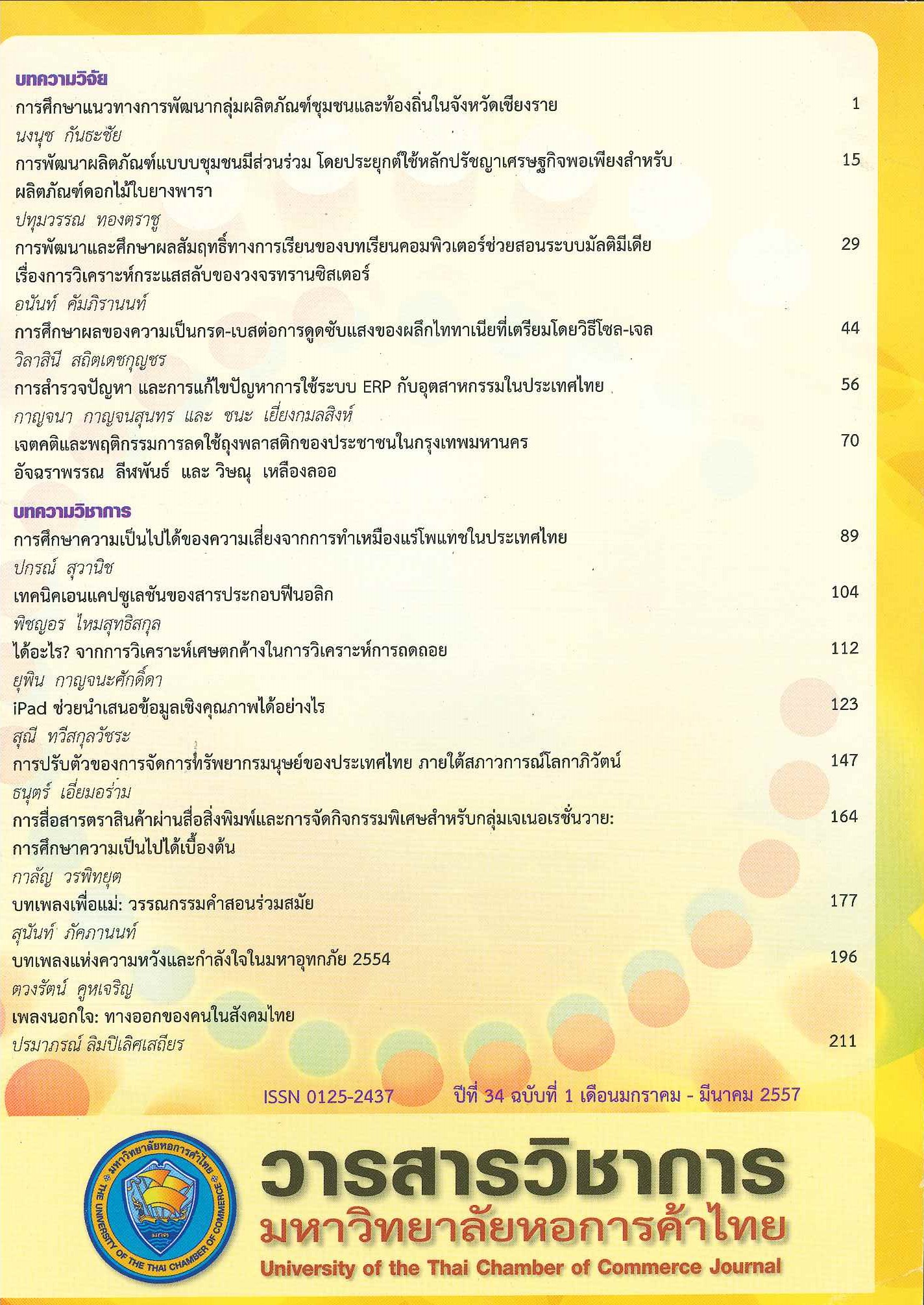Encapsulation Techniques for Phenolic Compounds
Main Article Content
Abstract
Phenolic compounds are valuable compounds possessing scavenging and complexing properties towards proteins. These abilities make them interesting for the treatment of various diseases like cancer, and for anti-ageing purposes in cosmetic formulations, or nutraceutical applications. Unfortunately, these compounds lack long-term stability, making them very sensitive to light and heat. Moreover, phenolics often present a poor dispersion, mainly due to low water solubility. Lastly, many of these molecules possess a very astringent and bitter taste, which limits their use in food. Encapsulation would appear to be a promising approach to circumvent these drawbacks. Many encapsulation methods are described in this article, among which some have been successfully applied to plant phenolic compounds. After a general presentation of the chemical structure of widely famous phenolic compounds, encapsulation processes applied to polyphenols are reviewed. After a brief description of each encapsulation process, their applications to polyphenol encapsulation for garment, food and cosmetic purposes are presented.
Article Details

This work is licensed under a Creative Commons Attribution-NonCommercial-NoDerivatives 4.0 International License.
ลิขสิทธิ์ของบทความ
ผลงานที่ได้รับการตีพิมพ์ถือเป็นลิขสิทธิ์ของมหาวิทยาลัยหอการค้าไทย ห้ามมิให้นำเนื้อหา ทัศนะ หรือข้อคิดเห็นใด ๆ ของผลงานไปทำซ้ำ ดัดแปลง หรือเผยแพร่ ไม่ว่าทั้งหมดหรือบางส่วนโดยไม่ได้รับอนุญาตเป็นลายลักษณ์อักษรจากมหาวิทยาลัยหอการค้าไทยก่อน
References
Bennnick, A. 2002. "Interaction of Plant Polyphenols with Salivary Proteins." Critical Reviews Oral Biology and Medicine vol. 13: 184-196.
Deladino, L., et al. 2008. "Encapsulation of Natural Antioxidants Extracted from Llex Paraguariensis" Carbohydrate Polymers vol. 71: 126-134.
Ersus, S., and Yurdagel, U. 2007. "Microencapsulation of Anthocyanin Pigments of Black Carrot by Spray Drier" Journal of Food Engineering vol. 80: 805-812.
Ferreira, D.S., et al. 2009. "Encapsulation of Blackberry Anthocyanins by Thermal Gelation of Curdlan" Journal of Brazillian Chemistry vol. 20: 1908-1915.
Gharsallaoui, A., et al. 2007. "Application of Spray-Drying in Microencapsulation of Food Ingradients: An Overview" Food Research International vol. 40: 1107-1121.
Goula, A.M., and Adamopoulos, K.G. 2012. "A Method for Pomegranate Seed Application in Food Industries: Seed Oil Encapsulation" Food and Bioproduct Process vol. 90: 639-652.
Harris, R., et al. 2011. "Chitosan Nanoparticles and Microspheres for the Encapsulation of Natuaral Antioxidants Extracted from Llex paraguariensis" Carbohydrate Polymers vol. 84: 803-806.
Jim nez-Colmenero, F. 2013. "Potential Applications in the Development of Healthy and Functional Foods" Food Research International [On-line serial]. doi:10.1016/j.foodres.2012.02.040.
Kris-Etherton, P.M., et al. 2002. "Bioactive Compounds in Foods: Their Role in the Prevention of Cardiovascular Disease and Cancer" American Journal of Medicine vol. 9: 715-885.
Madene, A., et al. 2006. "Flavor Encapsulation and Controlled Release: a Review" International Journal of Food Science and Technology vol. 41: 1-21.
Rice-Evans, C.A., Miller, N.J., and Paganga, G. 1996. "Structure-Antioxidant Activity Relationship of Flavonoids and Phenolic Acids" Free Radicals and Biological Medicine vol. 20: 933-956.
Robards, K., et al. 1999. "Phenolic Compounds and Their Role in Oxidative Processes in Fruits" Food Chemistry vol. 66: 401-436.
Rodrigues, S.N., et al. 2008. "Microencapsulation of Limonene for Textile Application" Industrial Engineering and Chemical Research vol. 47: 4142-4147.
Scalbert, A., et al. 2005. "Polyphenols: Antioxidants and Beyond" American Journal of Clinical Nutrition vol. 81: 2155-2175.


